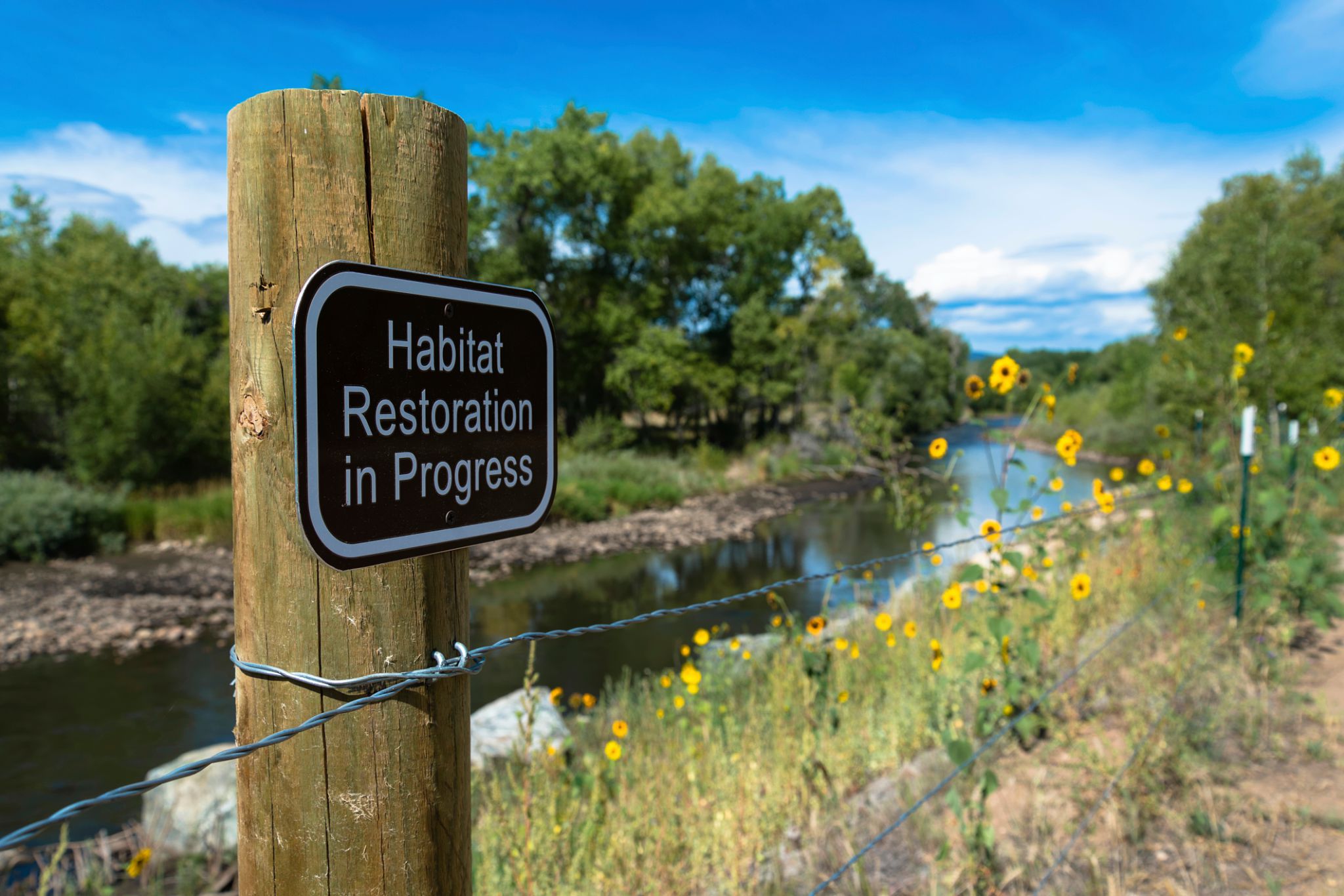Understanding How Quarrying Affects the Environment: A Closer Look at Sustainable Practices
Introduction to Quarrying and Its Environmental Impact
Quarrying, the process of extracting stone, sand, and minerals from the earth, plays a crucial role in the construction industry. However, it comes with significant environmental concerns. Understanding these impacts is the first step toward mitigating them and ensuring sustainable practices. In this post, we'll explore the environmental effects of quarrying and highlight sustainable practices that can help lessen its footprint.

The Environmental Challenges of Quarrying
Land Degradation and Habitat Destruction
One of the most visible impacts of quarrying is land degradation. The removal of vegetation and topsoil can lead to significant habitat destruction, affecting local flora and fauna. These changes often result in the loss of biodiversity, which is crucial for maintaining ecological balance.
Air and Water Pollution
Quarrying activities often result in dust and particulate emissions that can degrade air quality. Additionally, the use of heavy machinery and explosives can release harmful pollutants into the air. Quarrying can also lead to water pollution through runoff that carries sediments and pollutants into nearby water bodies, affecting aquatic life and water quality.

Sustainable Practices in Quarrying
Rehabilitation and Land Restoration
One effective way to mitigate the environmental impact of quarrying is through rehabilitation and land restoration. This involves reshaping the land and replanting native vegetation to restore habitats. These efforts not only improve biodiversity but also help prevent soil erosion and improve the aesthetic value of the landscape.
Implementing Dust Control Measures
To address air pollution, quarry operators can implement dust control measures such as water spraying systems and vegetation barriers. These strategies help minimize dust emissions, improving air quality for workers and nearby communities.

Embracing Technological Advancements
Technological advancements play a pivotal role in promoting sustainable quarrying practices. The adoption of energy-efficient machinery can reduce fuel consumption and emissions. Moreover, automation and precision mining techniques can minimize waste and optimize resource extraction, leading to more sustainable operations.
Community Engagement and Environmental Stewardship
Community involvement is essential for fostering sustainable quarrying practices. By engaging with local communities, quarry operators can better understand their concerns and work collaboratively to address environmental issues. This partnership can lead to more responsible quarry management and enhance the industry's social license to operate.

Conclusion: Moving Towards a Sustainable Future
While quarrying is necessary for economic development, it is imperative to balance it with environmental preservation. By understanding the environmental impacts of quarrying and implementing sustainable practices, we can work towards a more sustainable future. Collaborative efforts between industry stakeholders, communities, and governments are vital in achieving this balance.
As the demand for resources continues to grow, adopting sustainable quarrying practices will become increasingly important. Through innovation, technology, and responsible stewardship, we can ensure that quarrying contributes positively to both the economy and the environment.
